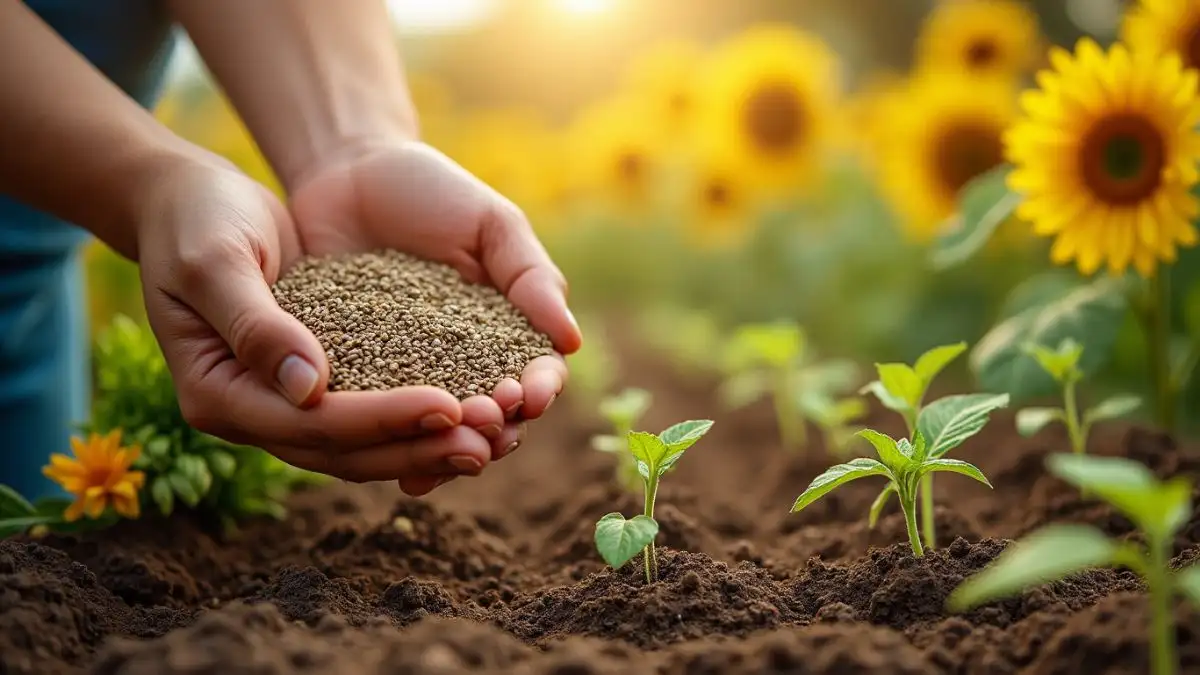Introduction
Imagine stepping into a garden adorned with radiant sunflowers, their heads turning toward the sun in unison. These golden blooms not only captivate with their beauty but also provide a multitude of benefits for gardeners and the environment alike. If you’re considering adding sunflowers to your garden, you’re in for a rewarding experience. Planting sunflower seeds is a simple yet impactful way to enhance your outdoor space.
In this article, we’ll explore the five incredible benefits of sunflower seeds for planting, dive into different sunflower varieties, and offer actionable tips for growing these cheerful flowers successfully. By the end, you’ll be ready to create a sunflower haven of your own.
Table of Contents
The 5 Amazing Benefits of Sunflower Seeds for Planting
1. Enriches Soil Quality Naturally
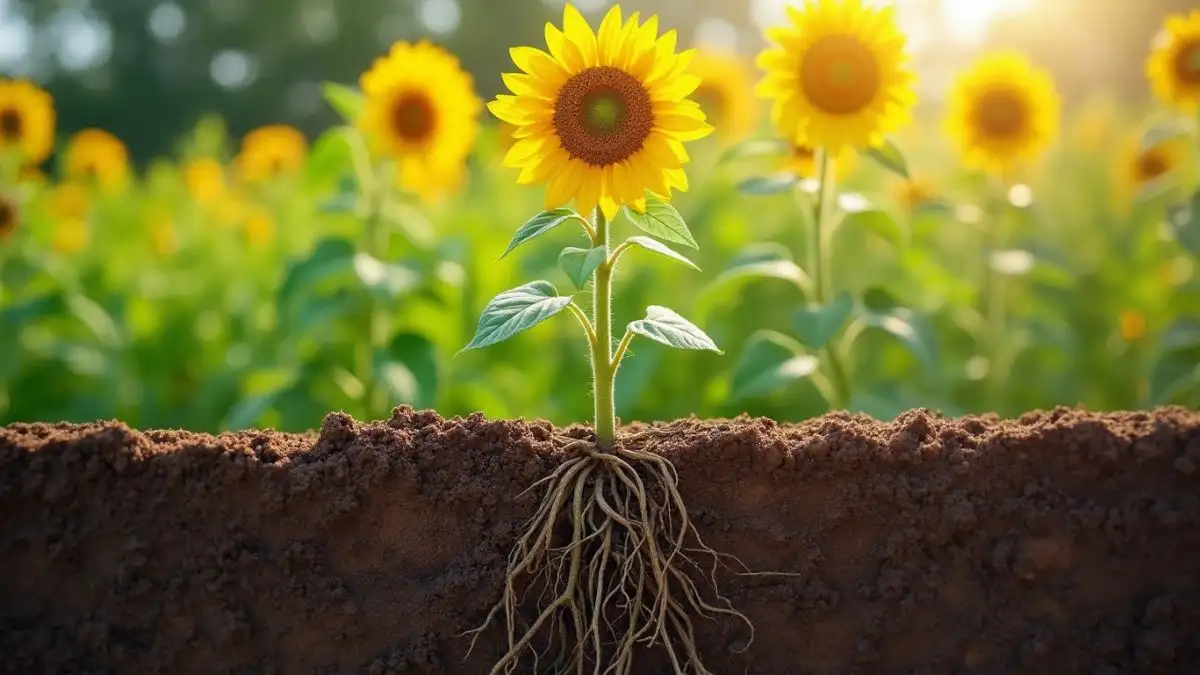
Sunflowers are nature’s soil engineers. Their roots dig deep into the ground, breaking up compacted soil and improving its aeration. This process brings essential nutrients like nitrogen and phosphorus to the surface, creating a fertile environment for other plants.
When sunflowers complete their lifecycle, you can use their decomposed plant matter as green manure. This organic material enriches the soil with vital nutrients, reducing your dependency on synthetic fertilizers and promoting a sustainable gardening practice.
Key Tip:
Incorporate sunflower stems and leaves into your compost pile for an added nutrient boost to your garden beds.
2. Attracts Pollinators and Wildlife
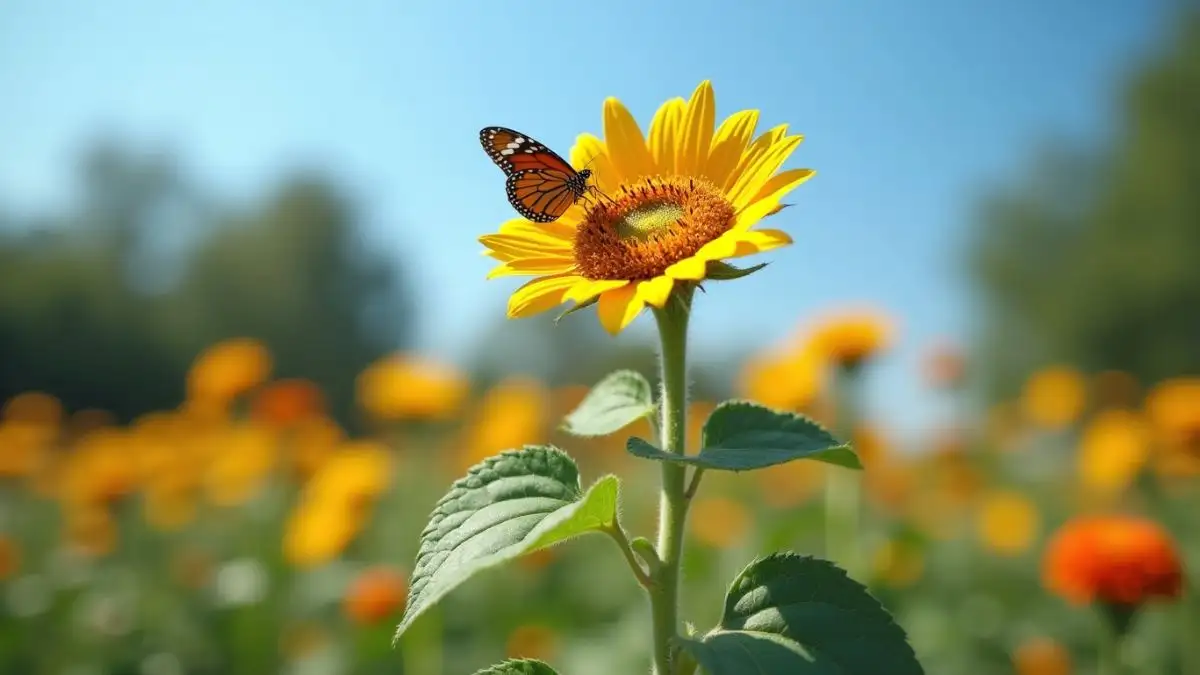
Sunflowers attract pollinators like bees and butterflies. These creatures are crucial for maintaining biodiversity and ensuring the pollination of fruits and vegetables in your garden. The large heads of sunflowers are filled with nectar and pollen, providing an abundant food source.
Additionally, the mature seeds serve as a treat for birds, particularly during fall and winter. Imagine watching flocks of finches or cardinals feasting on the seeds right in your backyard – a sight that’s both rewarding and beneficial for local wildlife.
Fun Fact:
Sunflowers have been used as part of environmental restoration projects because of their ability to support local ecosystems.
3. Boosts Aesthetic Appeal of Your Garden

With their towering stalks and vibrant hues, sunflowers make a bold statement in any garden. The wide array of sunflower colors—from traditional yellow to striking reds and whites—allows you to craft a visually dynamic space. You can use sunflowers as natural fences, to frame pathways, or as standalone focal points.
Dwarf sunflower varieties, such as ‘Teddy Bear,’ are ideal for smaller gardens or container planting. Regardless of the size of your space, sunflowers add charm and character that’s hard to replicate with other plants.
Pro Design Tip:
Mix different kinds of sunflowers in your garden for a stunning mosaic of colors and heights.
4. Encourages Sustainable Gardening Practices
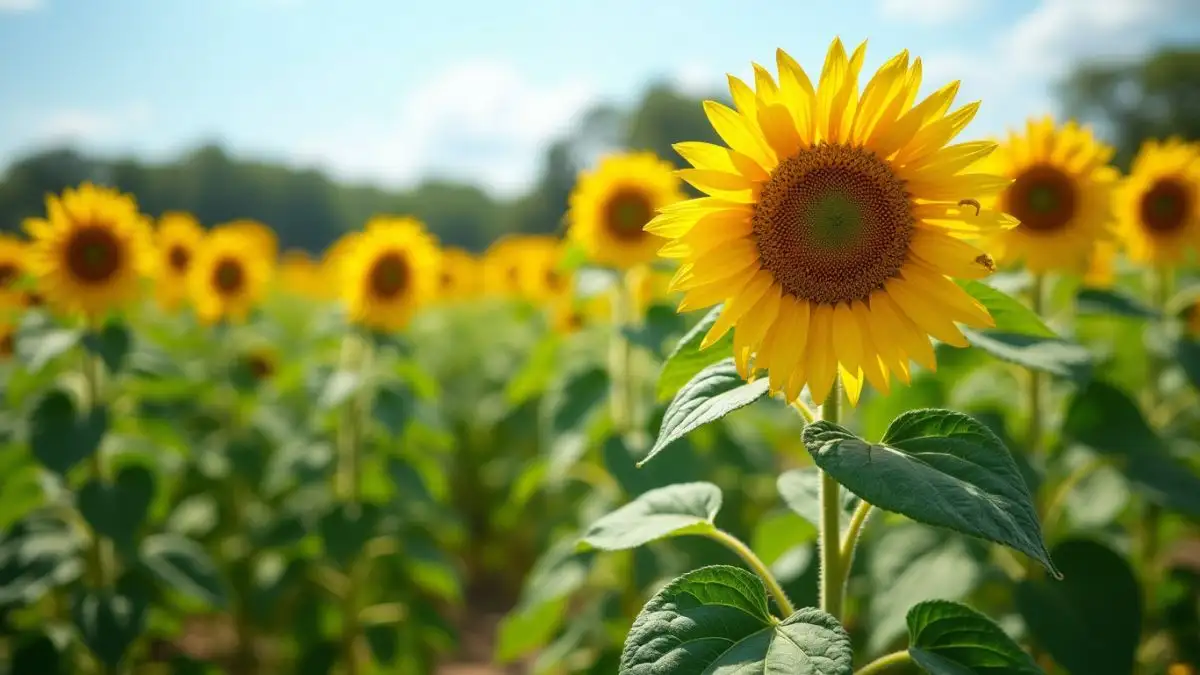
Growing sunflowers is an eco-friendly choice for gardeners. These plants have an impressive ability to absorb carbon dioxide, helping reduce greenhouse gases. Additionally, they are excellent at phytoremediation, a process where plants detoxify the soil by absorbing heavy metals.
By choosing to grow sunflowers, you’re contributing to a greener planet while beautifying your surroundings. The best part? Every part of the sunflower is biodegradable, leaving minimal environmental impact.
5. Offers Culinary and Practical Uses
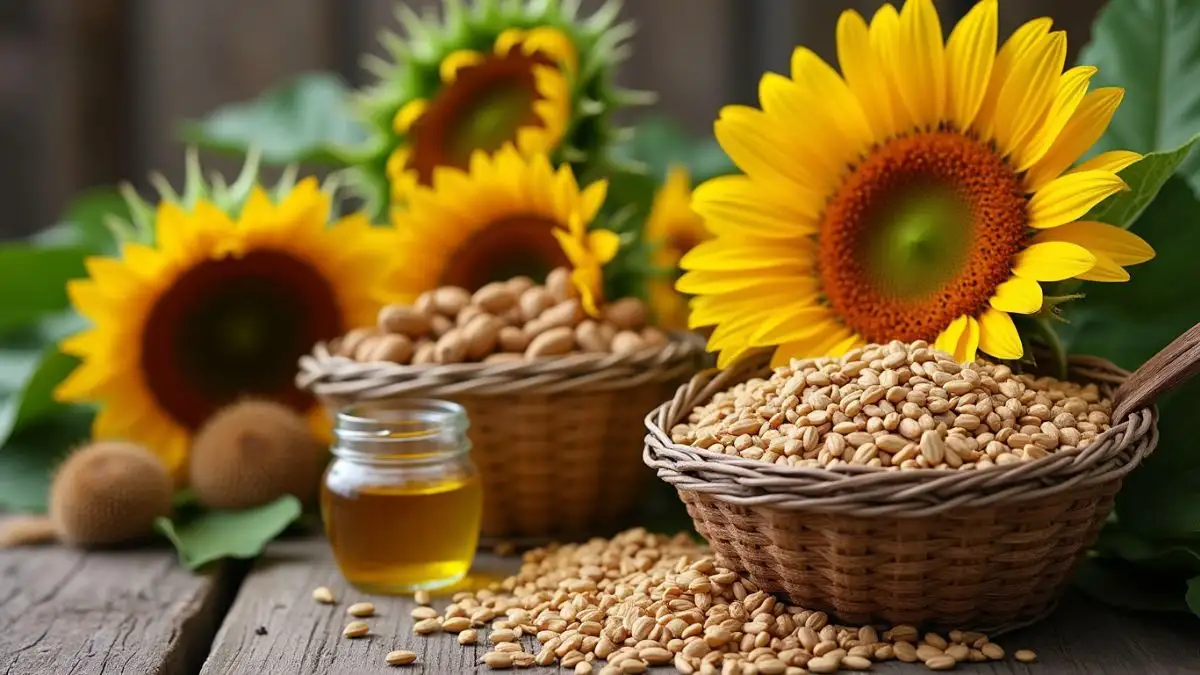
Sunflower seeds aren’t just for planting; they’re a culinary powerhouse. High in protein, healthy fats, and vitamins, sunflower seeds are a versatile addition to your diet. Sprinkle them on salads, bake them into bread, or enjoy them as a standalone snack.
Sunflower oil is another popular byproduct, known for its neutral flavor and health benefits. Beyond the kitchen, sunflower petals can be used in crafts, and their sturdy stalks make excellent supports for climbing plants.
DIY Idea:
Use dried sunflower heads as bird feeders during winter. Simply hang them in your garden and watch the birds flock to enjoy the seeds.
How to Choose the Best Sunflower Seeds to Plant
Not all sunflower seeds are the same. Choosing the right ones can make all the difference in your gardening success. Here are some factors to consider:
Popular Varieties of Sunflowers
- Mammoth Russian: Famous for its towering height and large seeds.
- Velvet Queen: Known for its deep red blooms and striking appearance.
- Autumn Beauty: A mix of warm hues like orange, red, and yellow.
- Teddy Bear: A compact, fluffy variety perfect for small spaces.
What to Look for in Sunflower Seeds
- Seed Quality: Always choose high-quality, non-GMO seeds for better germination rates.
- Climate Adaptability: Some sunflowers thrive better in specific climates. Check the seed packet for details.
Quick Tip:
If you’re new to gardening, buy a sunflower plant from a nursery. It’s an easy way to get started without the uncertainty of germination.
A Step-by-Step Guide to Planting Sunflower Seeds
1. Preparing the Soil
Sunflowers thrive in loose, well-drained soil with a pH between 6.0 and 7.5. Work organic compost into the soil to boost fertility and ensure good drainage.
2. Planting the Seeds
- Sow seeds in early spring after the risk of frost has passed.
- Plant seeds 1 inch deep and 6 inches apart in rows.
- Thin seedlings to 12 inches apart once they sprout to allow for optimal growth.
3. Watering and Sunlight
Sunflowers need full sun to thrive, requiring at least 6-8 hours of direct sunlight daily. Water regularly, especially during the germination phase.
4. Supporting Growth
For tall varieties, use stakes to support the stems and prevent them from toppling in strong winds. Apply mulch around the base to conserve moisture and prevent weeds.
5. Harvesting Seeds
Once the flower heads turn brown and droop, it’s time to harvest. Cut the heads, allow them to dry, and remove the seeds by rubbing them off with your hands.
Exploring Sunflower Colors and Their Unique Charm
Sunflowers aren’t just yellow! Each color carries its own charm and symbolism:
- Yellow: Brightens the garden with optimism and cheer.
- Orange: Adds warmth and vibrancy, symbolizing energy.
- Red: Creates a striking impression and is often linked to passion.
- White: Perfect for elegant and serene garden themes.
Mixing these colors creates a visually stunning garden that feels both dynamic and harmonious.
Frequently Asked Questions
1. When should I plant sunflower seeds?
Plant sunflower seeds in spring after the last frost. Soil temperatures should be above 50°F (10°C).
2. Can sunflowers grow in pots?
Yes, dwarf varieties like ‘Teddy Bear’ do well in pots with well-draining soil and ample sunlight.
3. How do I protect sunflower seeds from birds?
Use netting or row covers to shield seeds from birds and squirrels during germination.
4. How tall can sunflowers grow?
Tall varieties, like ‘Mammoth Russian,’ can reach up to 12 feet, while dwarf varieties grow to 2-3 feet.
5. Are sunflower seeds safe for pets?
Unsalted, unseasoned seeds are safe for most pets in moderation. Always seek advice from a veterinarian for specific guidance.
6. Do sunflowers come back every year?
Annual sunflowers need replanting each year, but perennial varieties can regrow from their roots.
7. How long does it take for sunflowers to bloom?
Sunflowers typically take 70-100 days from planting to bloom, depending on the variety.
8. Can I eat sunflower seeds from my garden?
Yes! Harvest mature seeds, clean them, and roast them for a healthy snack.
9. How do I prevent pests on sunflowers?
Use organic pest control methods, such as neem oil, to deter common pests like aphids and beetles.
10. What’s the best way to store sunflower seeds for planting?
Dry seeds thoroughly and store them in an airtight container in a cool, dark place.
Conclusion
Planting sunflower seeds is more than just a gardening project—it’s an opportunity to bring beauty, sustainability, and joy to your life. From their ability to enrich soil and attract wildlife to their stunning visual appeal and practical uses, sunflowers truly are a gardener’s best friend.
So, why wait? Get your hands on some sunflower seeds to plant, and start transforming your garden today. Let the magic of sunflowers brighten your outdoor space and bring you closer to nature.
Call to Action: Visit our store to buy premium sunflower seeds and begin your sunflower journey now!


